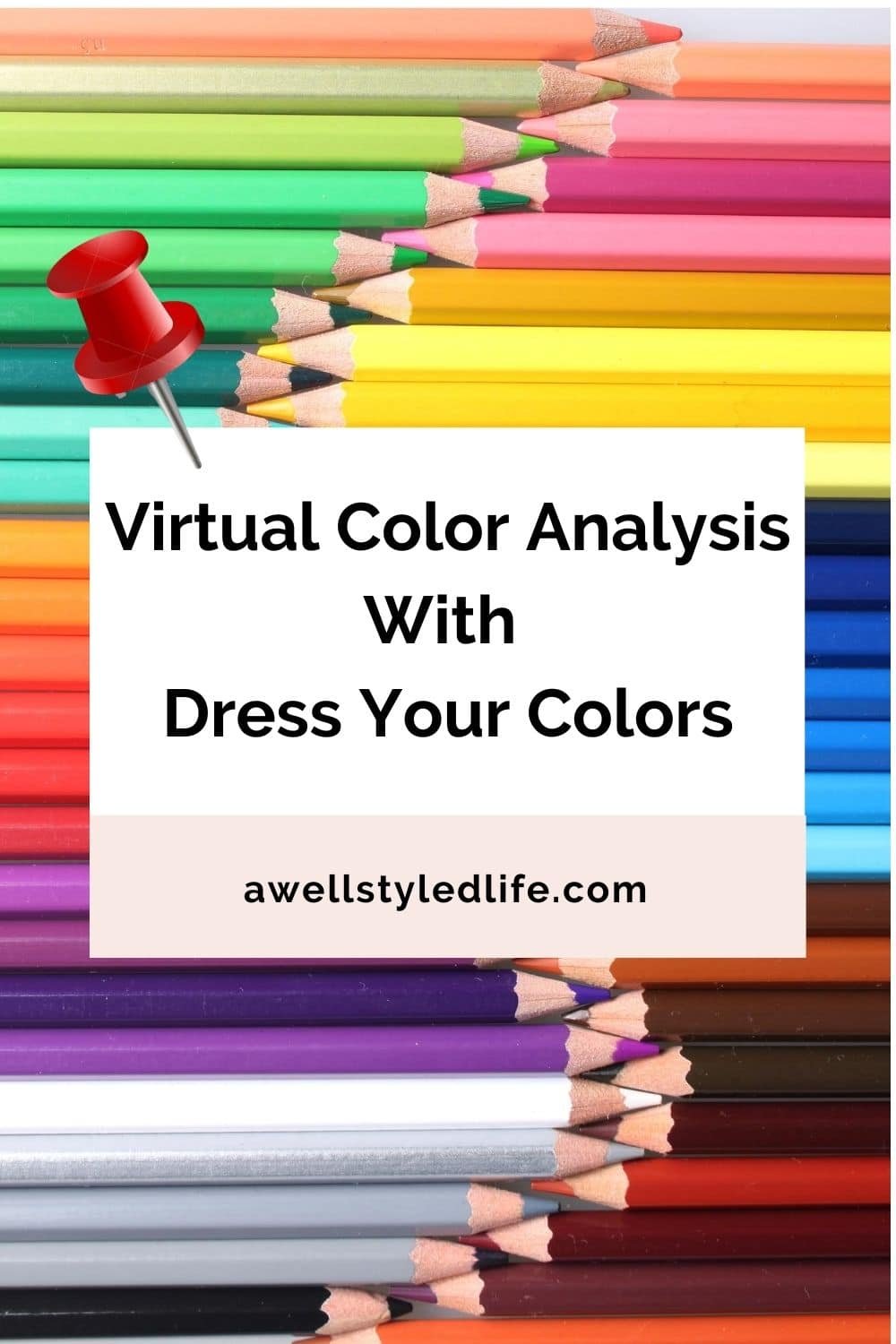Welcome back to my color journey—yes, we’re still talking about which shades flatter me best, but with good reason! If you’ve ever questioned whether virtual color analysis is worth the investment, you’re not alone. I’ve had my doubts, but I decided to dive in headfirst with four different color experts, each offering a unique approach to unlocking my most harmonious palette.
Last week, I shared my experience with the “Your Color Style” system. This time, I took a new route with Gabby from Dress Your Colors, and let’s just say—it’s a whole different (and softer) story.
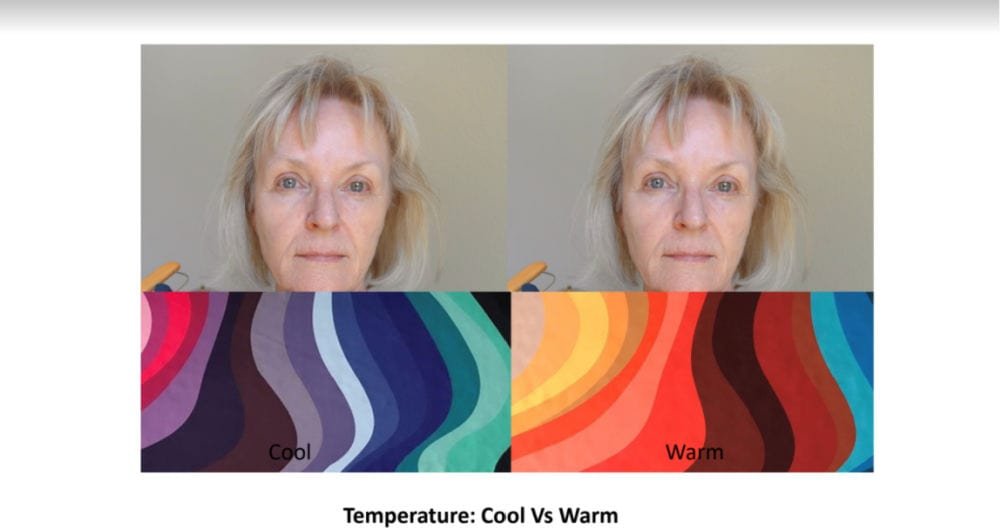
Meet Gabby: The Science Behind the Shades
Gabby is a Certified Color Professional, and her approach is grounded in the Munsell color system, which focuses on three dimensions of color: hue (warm or cool), value (light or dark), and chroma (soft or bright). Her theory is simple yet powerful: wearing colors that share the same qualities as your natural coloring creates harmony—and harmony, it turns out, is the secret to looking your best.
I opted for her most comprehensive option, the Color Your Way Online Luxe Package. This included a thorough digital draping of my makeup-free face in various lighting conditions, a personalized color analysis, and a one-on-one Zoom session where we discussed her findings in depth.
What the Draping Revealed: A Symphony of Soft Cool Tones
Gabby began with something that most people overlook: contrast level. This helped determine how much visual “difference” exists in my features—think hair vs. skin tone vs. eye color. Understanding this contrast helps guide which color combinations will look best on you.
Next, she worked through the hue, chroma, and value dimensions. According to her analysis:
- Undertone: I fall somewhere between warm and cool, but lean slightly cool-neutral. This means while I can technically wear some warmer tones, cooler shades tend to blend better with my natural coloring.
- Chroma: Here’s where things took a turn. Gabby found that soft, muted tones—rather than clear, bright ones—were far more flattering. She explained that these muted hues “melt” into my complexion and smooth everything out. On the other hand, saturated colors felt jarring and unbalanced.
- Value: I can wear both light and dark colors, but lighter shades bring a certain brightness to my appearance that deeper tones don’t quite achieve.

Soft Summer vs. Soft Autumn: A Gentle Tug-of-War
Gabby narrowed it down to two main palettes—Soft Summer and Soft Autumn—and compared them side by side against my photos. While both had their merits, Soft Summer won out for its cooler, grayer tones that better echoed the undertones in my skin. Think dusty rose, soft lavender, misty blue, and cool taupe—colors that feel like a quiet morning fog rather than a blazing summer sunset.
She even provided an extensive palette of makeup recommendations tailored to my coloring. From lipsticks to eyeshadows to blushes, everything was aligned with the soft, cool vibe that works best for me. A color wheel and some outfit combination suggestions rounded out the package, making this not just an analysis but a roadmap for real-life style choices.
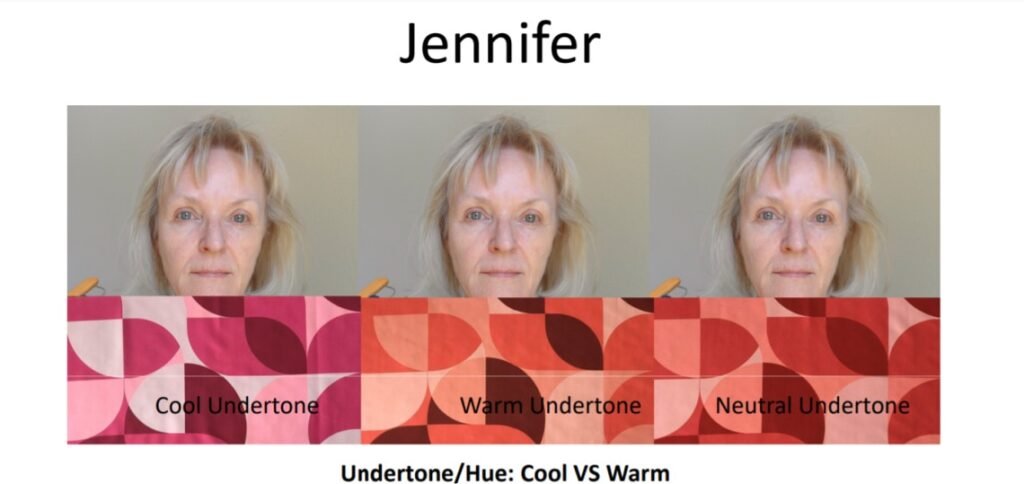
A Different Approach, A Different Outcome
What stood out about Gabby’s method is how gentle and detailed it felt. Compared to other systems that aim for quick, categorical answers, Dress Your Colors emphasized nuance. There’s no rushing to label you a “Summer” or a “Winter”—instead, she slowly pieces together a visual narrative that makes you feel seen.
If you read my last post, you’ll know the previous analysis labeled me as “Bright, Cool & Light.” This time, however, the emphasis shifted toward muted, cool, and soft—which, I admit, aligns more with how I feel most comfortable dressing. While both analyses were professional and insightful, they each offered a different lens through which to view my personal palette.
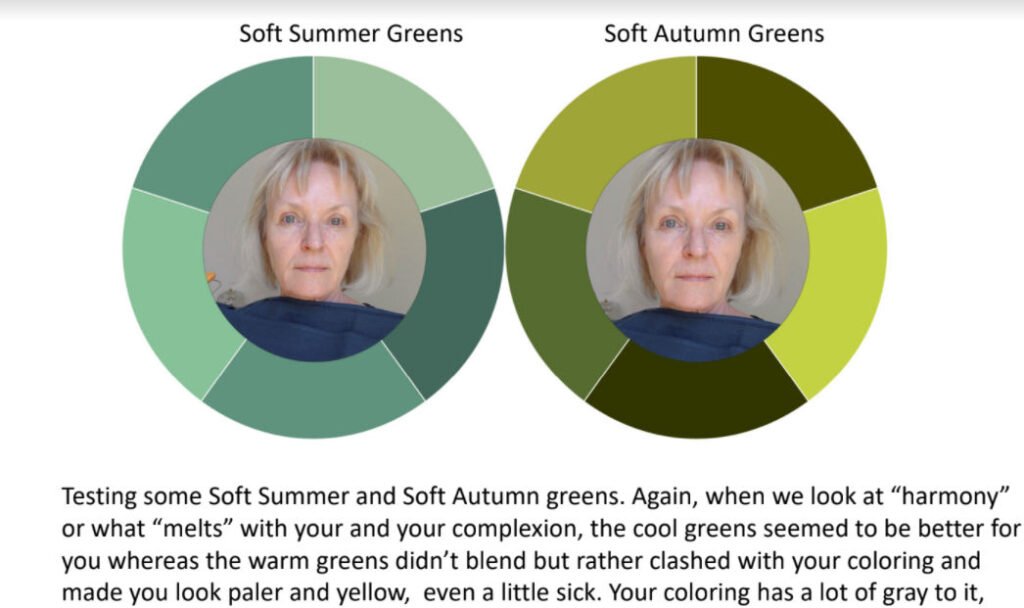
Is Virtual Color Analysis Worth It?
After two rounds of virtual color analysis, my answer is a confident yes, especially if you’re looking to make more intentional choices about your wardrobe, makeup, or even hair color. The key is finding a professional whose system resonates with you—and whose communication style helps you feel confident, not boxed in.
Gabby’s approach through Dress Your Colors felt like a conversation, not a directive. It honored the subtleties of personal coloring and offered me clarity on why some shades make me feel radiant while others fall flat.
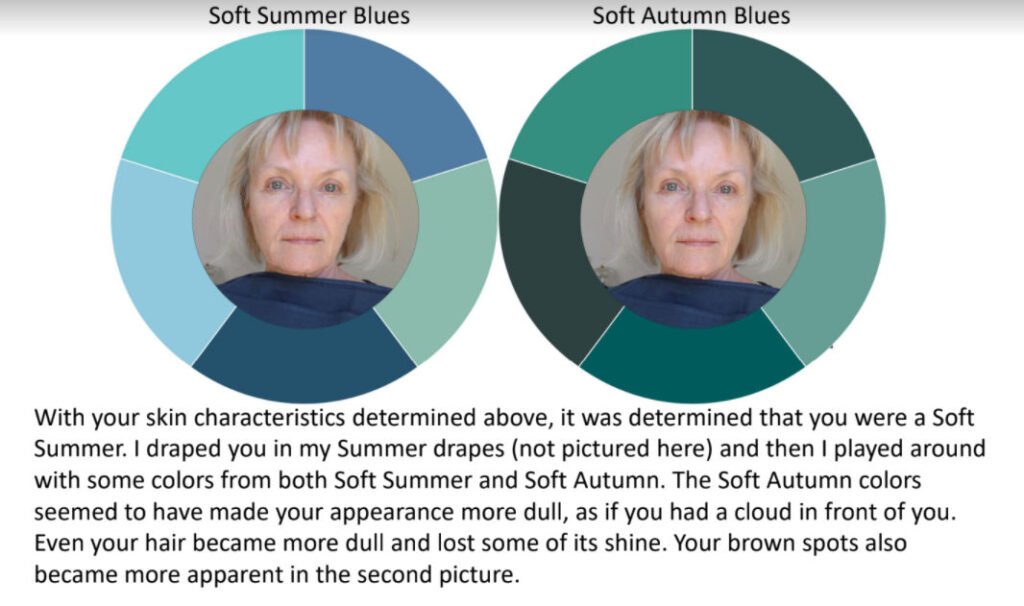
More to Come…
I still have two more virtual color analyses to share—each with their own set of surprises. But for now, I’ll leave you with this: discovering your ideal color palette isn’t just about looking better. It’s about feeling more aligned with yourself.

If you’ve ever found yourself staring at your closet and wondering why your clothes don’t “spark joy,” maybe it’s not about the style—but the color. And maybe, just maybe, your answer lies in a little virtual draping session of your own.

